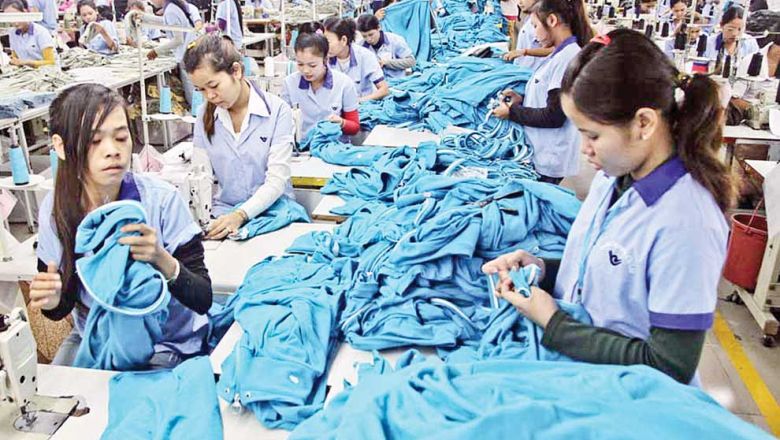Subsidies spark cheaper energy
Subsidies spark cheaper energy
Cambodia plans to spend more than $100 million on subsidies by 2021 to reduce electricity tariffs in a move to spur economic growth and relieve the financial burden on businesses and households, a senior government official said.Electricite du Cambodge (EdC) director-general Keo Ratanak told reporters at a press conference that the government had already spent some $95 million to reduce tariffs this year.
According to Ratanak, EdC drew in some $50 million in revenue last year through the sale of electricity.
“This year’s earnings could be even higher because of the growing number of consumers so the government will also have to increase their subsidies,” he said.
The tariff subsidies will be introduced at the start of the General Assembly’s next legislature.
Currently, Cambodian households that consume less than 50kW per month pay on average 610 riel per kilowatt-hour (kWh), while commercial consumers pay between 600 and 800 riel per kWh on average.
Rice Federation of Cambodia secretary-general Lon Yeng told The Post that EdC currently sold electricity to the rice processing industry for 600 riel per kWh.
“Electricite du Cambodge may reduce the rate to 592 riel next year, but businessmen want it to be lowered even further to increase manufacturing productivity for the export market,” Yeng said.
He said he feared Cambodia’s electricity supply was not enough to meet the rice industry’s demands, adding that rice mill owners often complained of power cuts during this year’s dry season.
“We have a lot of problems regarding the lack of energy being supplied. It’s not good. Rice mills need constant power to dry grain during the harvest season,” Yeng said.
The Kingdom consumed a total of 2,650MW of electricity in 2018, an increase of around 15 per cent compared to 2017, according to official figures from the Ministry of Mines and Energy.














